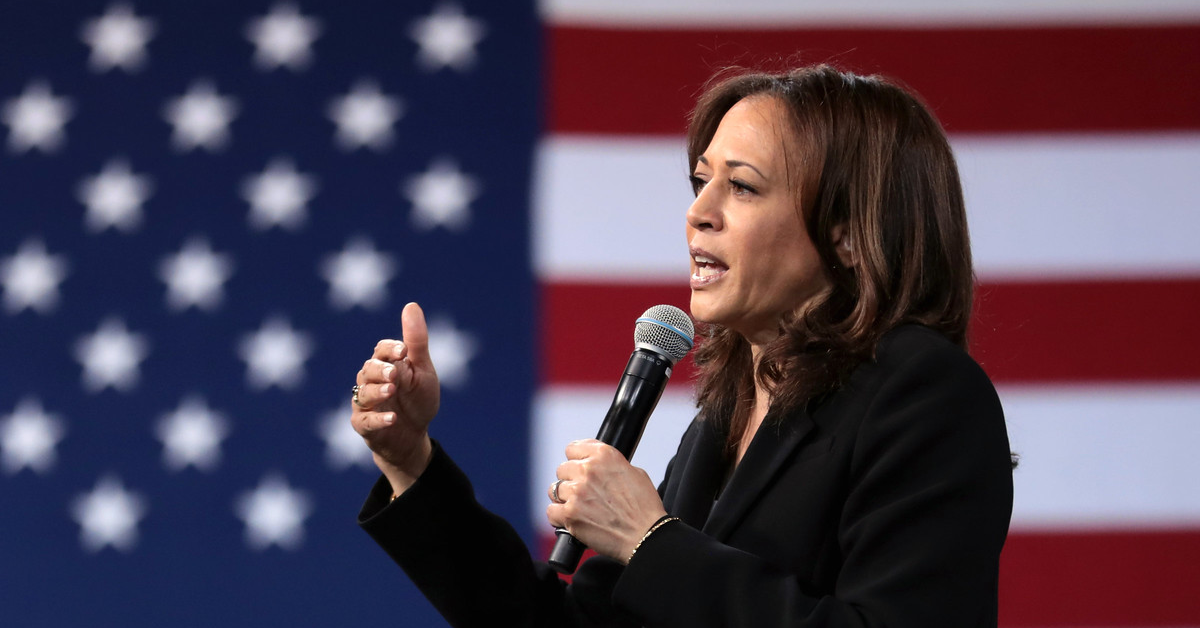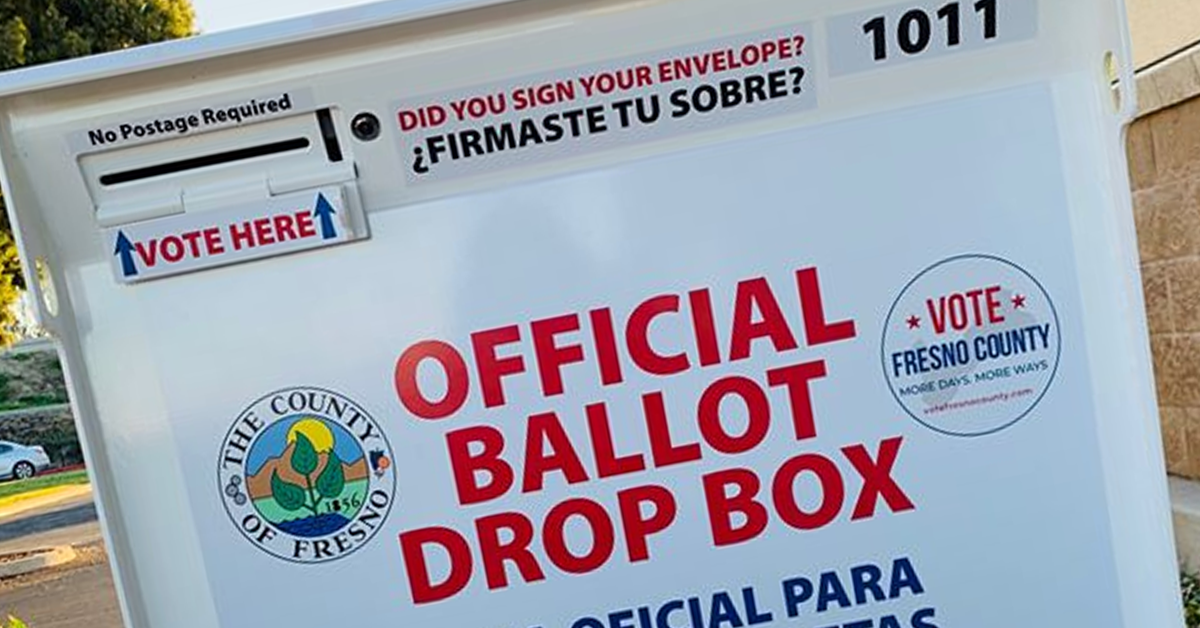Like many Fresno residents, I was deeply shocked last week by a photo portraying a student at Bullard High School in a makeshift hood resembling those of the Ku Klux Klan. How can black students possibly feel safe at school after an incident like this?
Given the intense reaction this photo has garnered, Fresno Unified owes it to students, staff and parents to conduct a thorough investigation to fully understand how this incident came to occur.
Most importantly, Superintendent Nelson and board trustees should make the results of the investigation public and articulate a steadfast commitment to protect the safety and well-being of the students impacted, as well as the students involved.
As long as racism exists in society, it will exist in our schools. For the adults, it’s time for us to take a step back. The impact of reacting to our own unprocessed trauma, personally and collectively, can be just as detrimental as the incident itself, and sometimes more so. It is incumbent on each of us to examine our own attitudes and extinguish hate and intolerance wherever we encounter it.
As a school psychologist who works with families in the Bullard area, I’ve heard conflicting reports about what occurred on campus and I’m concerned that there is more to this story than a single photograph portrays.
Knock off the knee-jerk reactions
Knee-jerk reactions aimed to stoke political fervor only serve to further traumatize the very students who need our protection and with whom we are entrusted to teach.
Caught up in crisis, we are quick to adopt a zero-tolerance policy and simply suspend or expel those involved to stop the behavior and restore a sense of safety at the school. But, short-term fixes have unintended consequences. Quickly expelling students may inadvertently over-punish some, resulting in resentment and lawsuits, thereby, potentially pushing deeply troubled youths into circumstances that only sharpen their desire to commit further harm.
Equally destructive is when concerns are brushed off, allowing pain and resentment to fester. We must focus on how actions that harm others –regardless of intent—can be repaired, not swept under the rug, because the individual didn’t mean to do anything wrong. In the aftermath of an incident, adult responses must be informed by the facts before taking actions that minimize or exaggerate what occurred.
Another challenge is having the trained staff and supportive structures in place to address incidents strategically, and the determination, courage and wisdom to follow through despite the flurry of media attention and demands from parents and students who feel powerless to make it stop.
The phrase “teachable moment” is used to describe a point in time when educators have the opportunity to deliver a powerful message in a way that makes a light go on. Teachable moments are not just for kids. The adults need to learn from them as well.
Schools that take a proactive approach and use restorative processes can manage the impact of harmful incidents, increase empathy and rebuild their school cultures. Restorative justice (RJ) is an umbrella term for practices aimed at changing responses, reducing trauma and healing. Schools with RJ structures in place can move quickly to de-escalate tensions and identify pathways for people to take responsibility and show willingness to make amends. For the students involved to hear directly from their peers how their actions impacted them can be transformative. This kind of intensive, supportive engagement helps them gain perspective on the roots of their prejudices, anger and other emotions. When RJ processes are done well, all participants will experience an increased sense of safety, accountability, closure and a greater possibility for real changes in behavior and attitudes.
The district should go even further to address systemic racism locally with the development of curriculum that focuses specifically on the history of racism in Fresno so that “teachable moments” continue for years to come. It’s not often we get handed sweeping, teachable moments. It’s my hope that we can all learn from this one.











